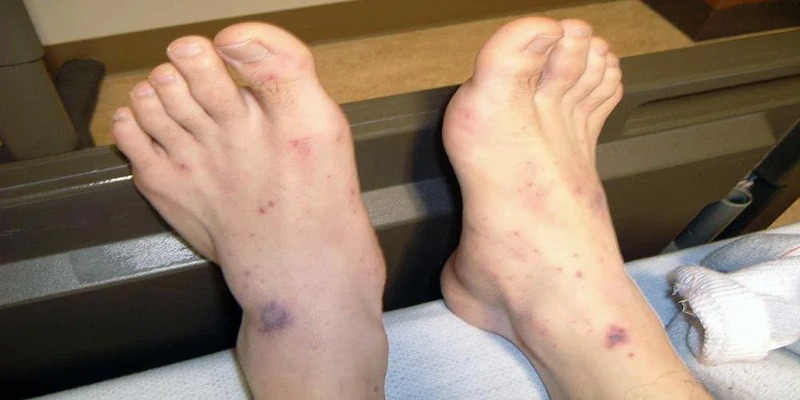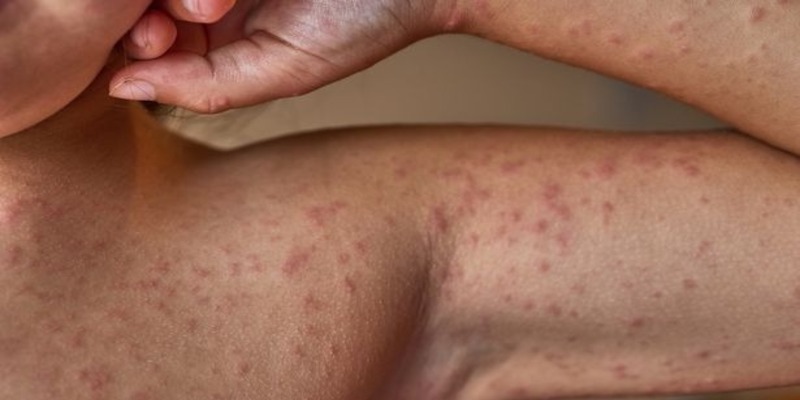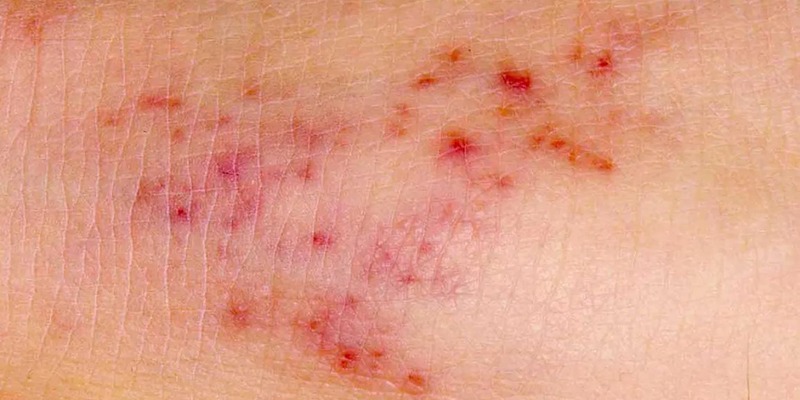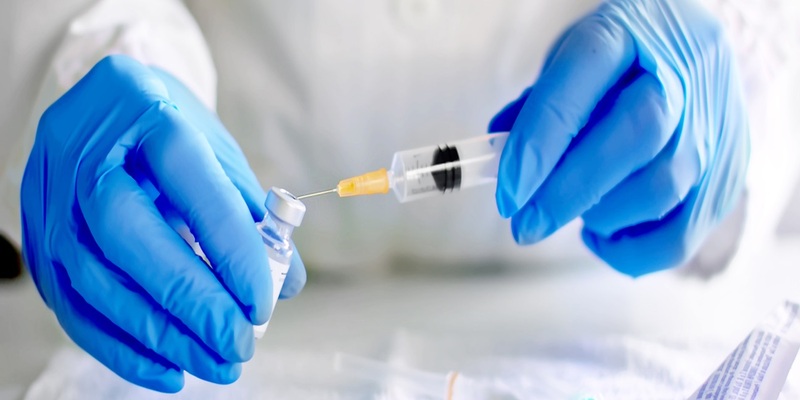
What Are the Symptoms of Meningitis
Jan 09, 2023
The signs of meningitis in infants may vary from those in older children and adults. A quick onset of fever, headache, and neck stiffness characterizes bacterial meningitis.
The Signs of Meningitis Are

Viral and bacterial meningitis can present with identical early symptoms. The symptoms of bacterial meningitis, however, tend to be more severe. As you get older, the symptoms change.
Symptoms of Viral Meningitis
Possible side effects of viral meningitis in babies include:
- loss of appetite
- irritability
- vomiting
- diarrhoea
- rash
- breathing problems
Symptoms of Bacterial Meningitis
The onset of symptoms from bacterial meningitis is rapid. These things could be included:
- mental state change
- nausea
- vomiting
- a sensitivity to light
- irritability
- headache
- fever
If you are experiencing any of these signs, please immediately see a doctor. Meningitis, both bacterial and viral, is extremely dangerous. Feelings alone cannot diagnose bacterial or viral meningitis. The only way for your doctor to tell is to do specific tests.
Signs And Symptoms of Fungal Meningitis
Fungal meningitis has symptoms with other forms of meningitis. Potential examples of this are:
- nausea
- vomiting
- a heightened reaction to light
- neck stiffness
- fever
- headache
Constant Meningitis Symptoms
When meningitis symptoms linger longer than four weeks, a diagnosis of chronic meningitis is made. Chronic meningitis has symptoms with acute meningitis but may progress more slowly.
Erythema Meningitidis
Skin rashes are one of the last symptoms of meningitis, which Neisseria meningitides can cause. The germs that cause meningococcal meningitis replicate in the blood and attack the capillary walls. Capillary injury and tiny blood leaks result from the destruction of these cells. This manifests as a very subtle pink, crimson, or purple rash.
They might seem like tiny pinpricks or bruises and are easy to miss. The inflammation may become more noticeable as the virus develops and spreads. In time, the spots will become deeper in colour and more significant in size. A meningitis rash may be less noticeable in those with darker skin.
A rash may be more noticeable on lighter skin, such as the palms of the hands or the inside of the lips. A typical rash can have many different appearances. Meningitis rashes can be visualized with the help of pictures of actual cases.
Is Meningitis Preventable With A Vaccine?
Several strains of bacterial meningitis can be prevented using a vaccination. The meningococcal type, caused by Neisseria meningitides, is preventable with a vaccination. Bacterial meningitis is more deadly if not treated promptly, while viral meningitis is more prevalent.
Therefore, the two primary meningitis vaccines target bacteria:
- Vaccines against four of the most prevalent bacterial serotypes are included in the meningococcal conjugate, often known as the MenACWY vaccination. In particular, if you keep up with booster doses, the effects will stay longer, and their protection will be more robust.
- The protection period for the Serogroup B meningococcal, or MenB, vaccination is significantly shorter since it is only effective against a single strain of the disease. This vaccination is only approved for use in specific populations.
How Easily Can Meningitis Spread?
Some strains of meningitis are not infectious. Meningitis caused by fungi, parasites, or other contagious diseases is not communicable.
Infectious diseases like meningitis caused by viruses are spread easily. Contact with infectious bodily fluids, such as mucus, faeces, or saliva, is the primary transmission route. Sneezing and coughing release droplets of liquid, which can then be inhaled and transferred to other people. This disease can be spread by casual contact with an affected individual.
Most cases of meningitis are caused by viruses, although bacterial meningitis, the most severe type, can also be contagious, especially if it is meningococcal meningitis. Long-term contact with an infected individual is the primary means of transmission. This disease spreads quickly in institutional settings, including schools, daycares, military bases, hospitals, and dorm rooms.
How Can I Lower My Risk of Meningitis?

Taking preventative measures against the infectious illnesses that most commonly cause meningitis is the most excellent method to lessen the likelihood of contracting the condition. Vaccination, careful food handling, and frequent handwashing are just a few measures to prevent the spread of disease. The use of antibiotics for the prevention of infections is something your doctor may suggest.
Vaccines
Vaccines against the bacteria and viruses that might cause meningitis are widely available. Some are restricted to those of a specific age or those in other high-risk categories. Please inquire with your doctor about the immunizations they recommend for you and your family.
Vaccines Against Bacteria
Vaccines against bacterial infections that can lead to meningitis include those against meningococcal illness, pneumococcal disease, Haemophilus influenzae serotype b, and TB. Countries where TB is widespread utilize the tuberculosis vaccination. Its usage is limited to Japan and China, not the United States or the United Kingdom.
Vaccinations Against Viruses
Meningitis is an infection caused by a virus, but you can prevent it with chickenpox, flu, measles, and mumps vaccines.





